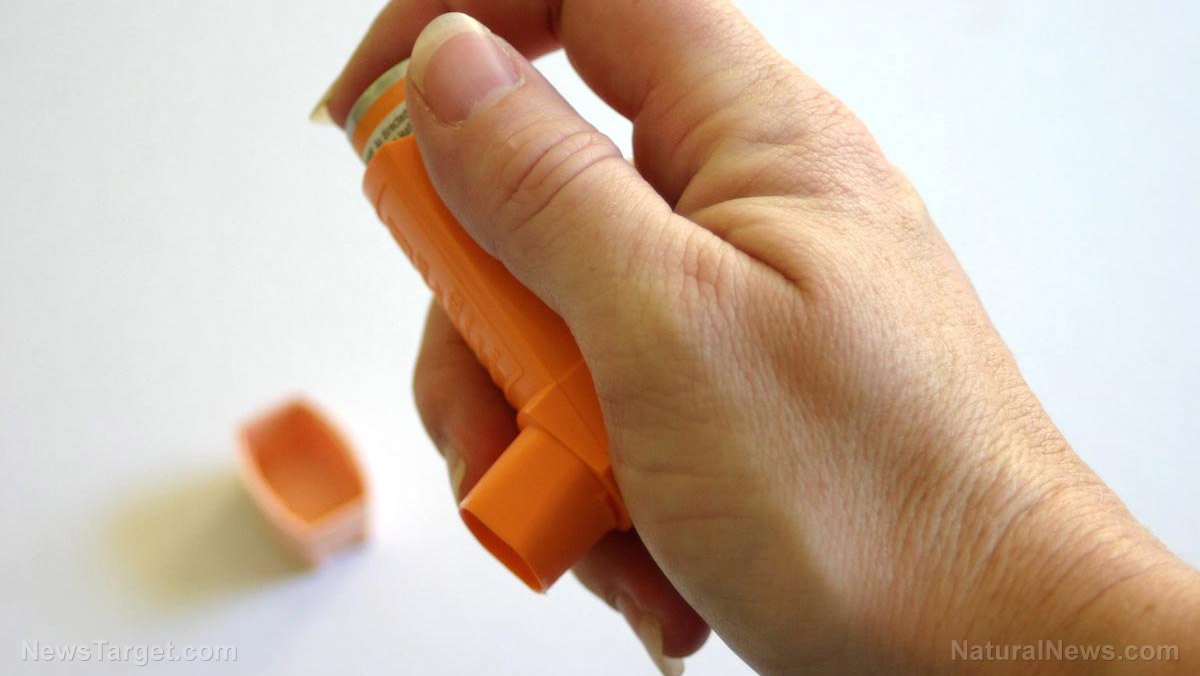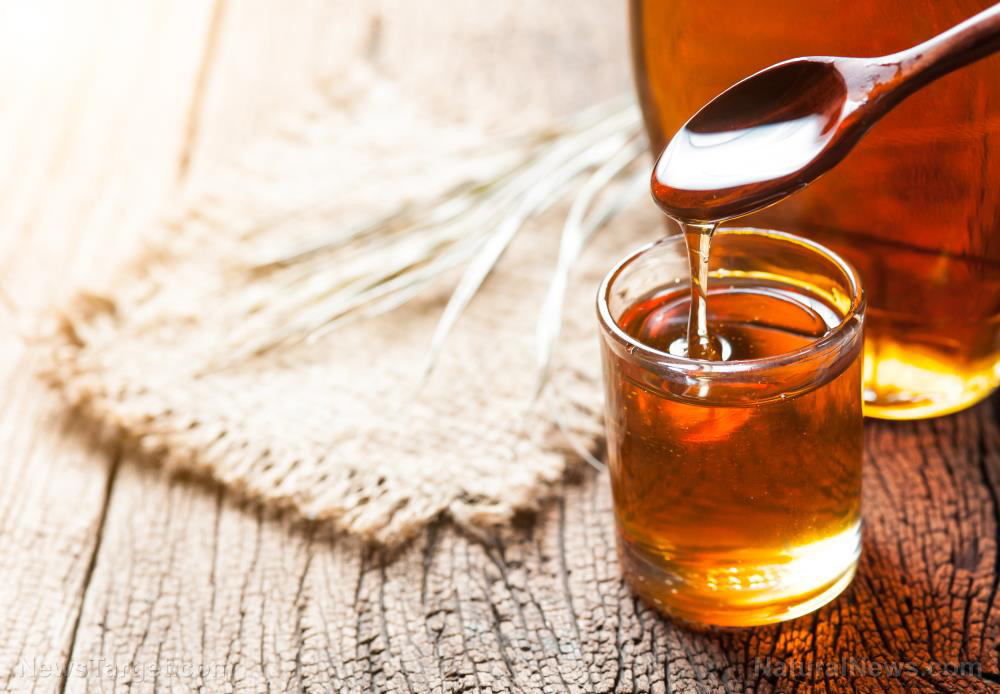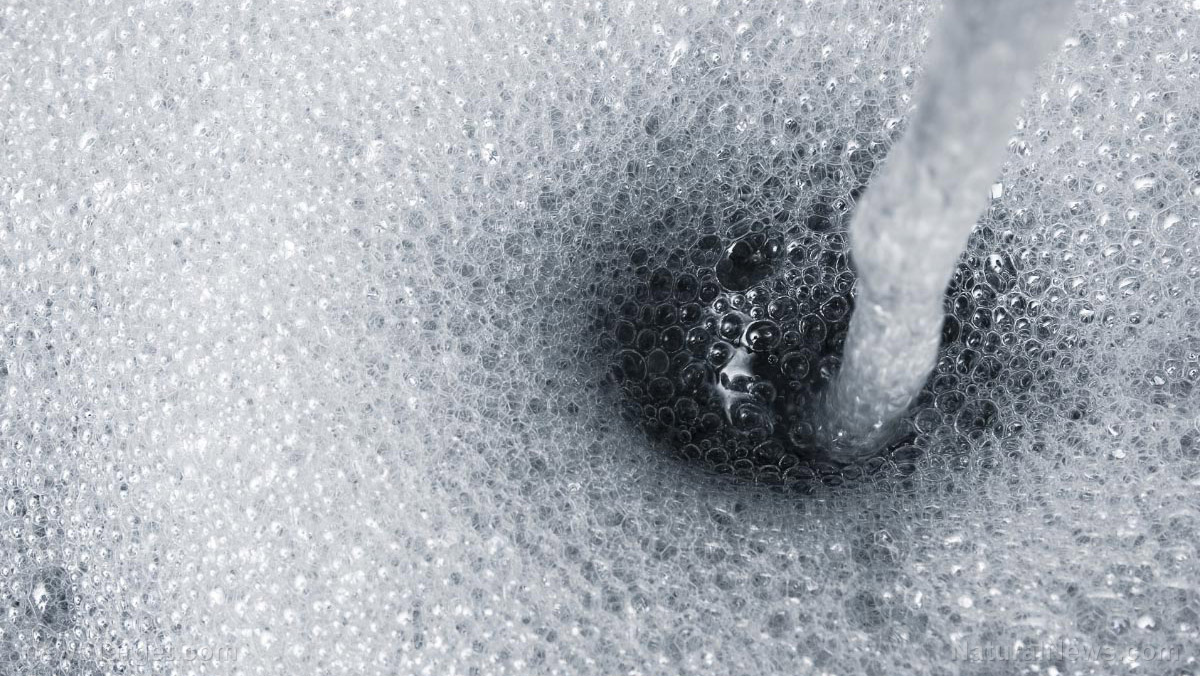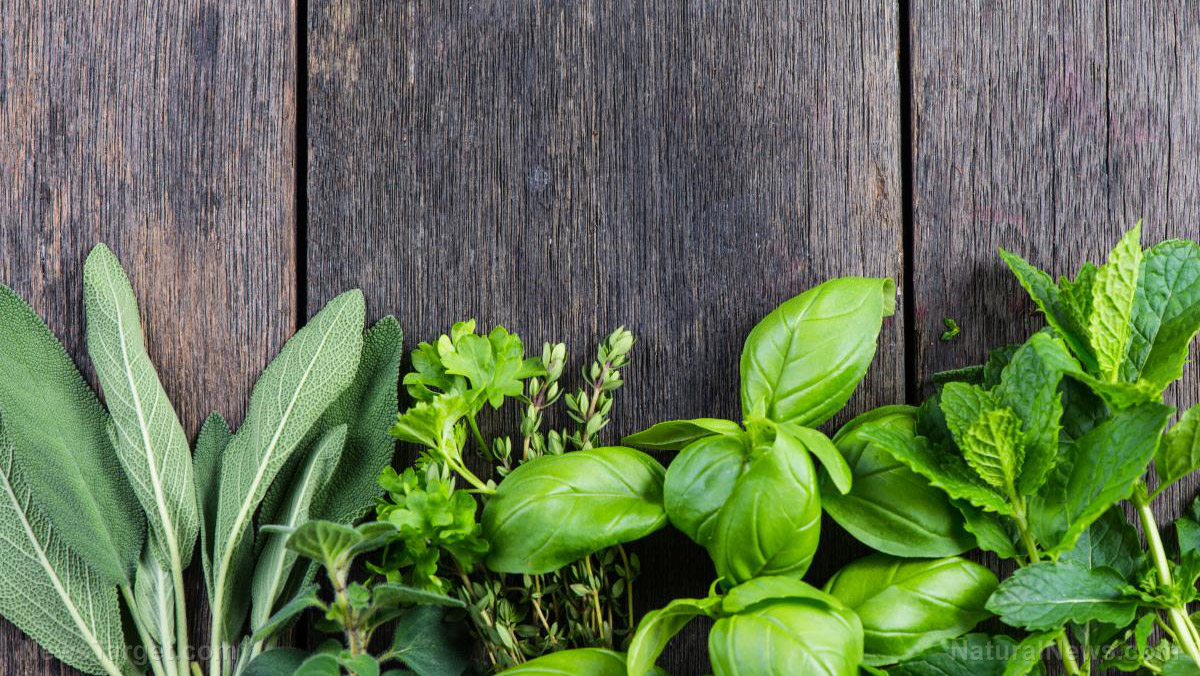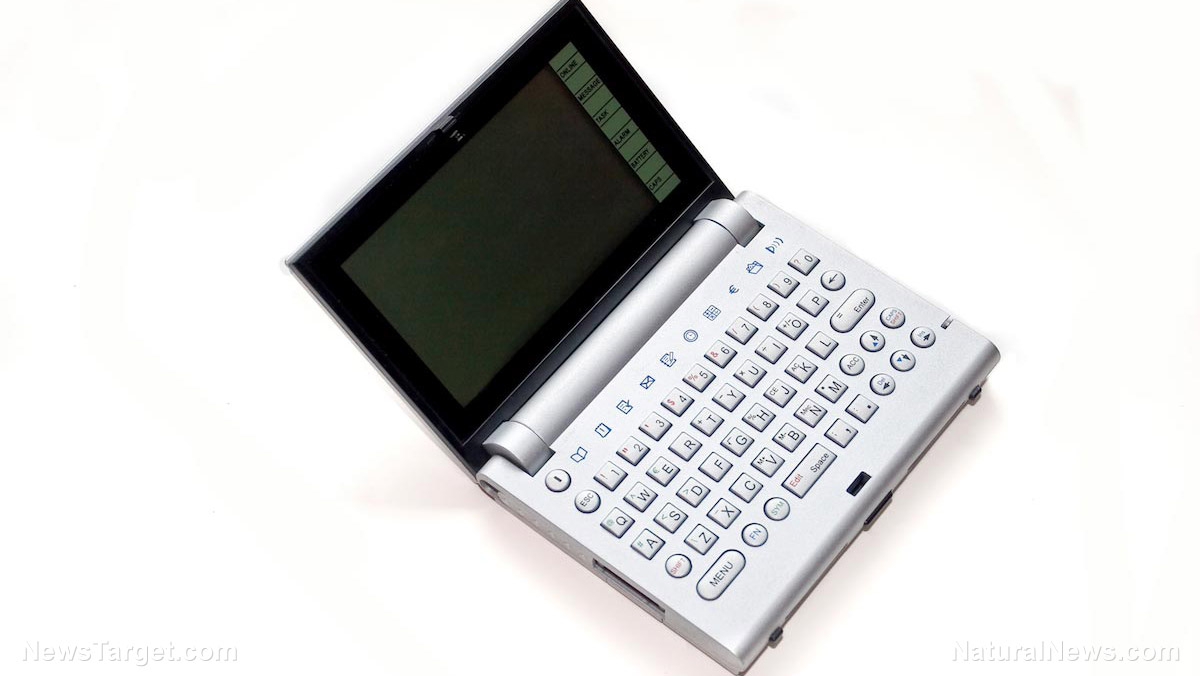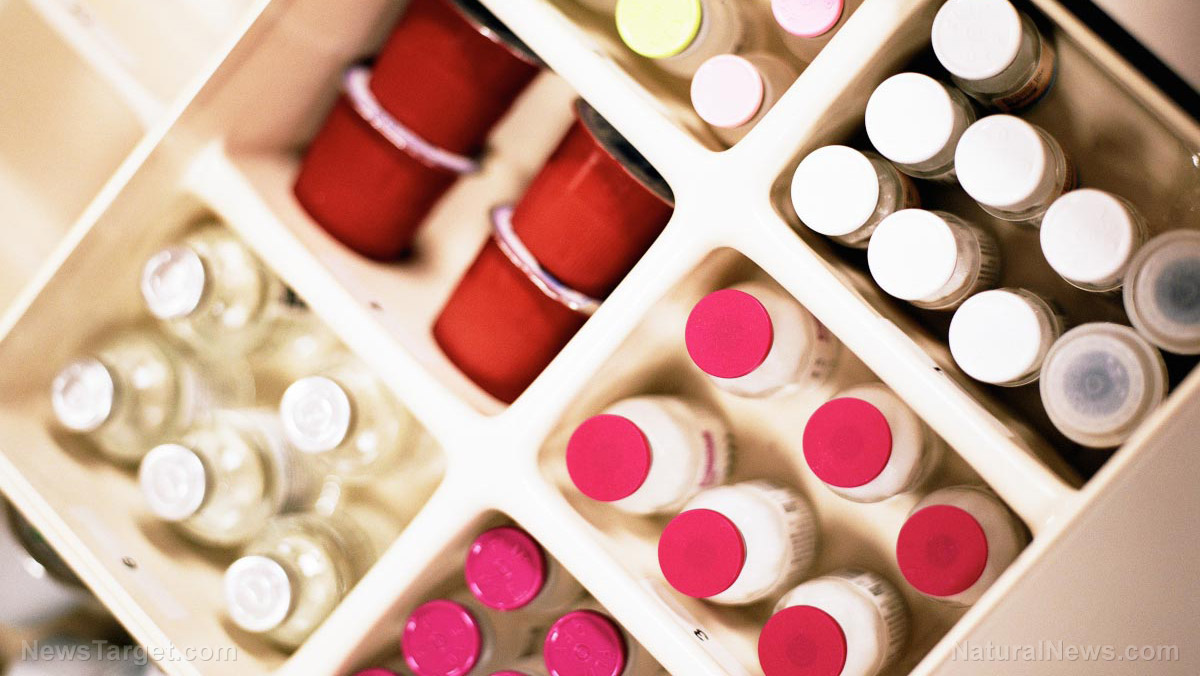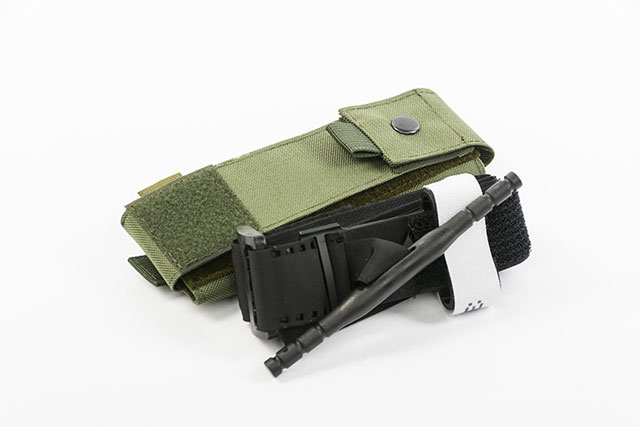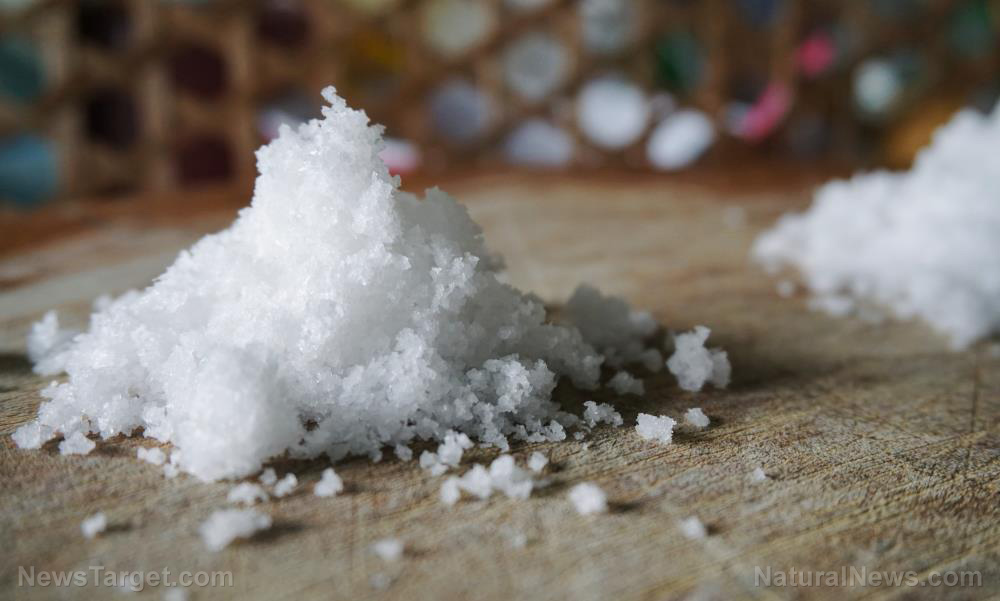Prepper first aid: DIY antiseptics for wound care
08/16/2021 / By Zoey Sky

In a post-SHTF world, first aid will be crucial to prevent more severe injuries. And while a simple wound doesn’t seem as dangerous as other injuries, when left unattended, it can get infected and cause more health issues.
When SHTF, use the DIY antiseptics detailed below to wash wounds and prevent infections. (h/t to PrepSchoolDaily.Blogspot.com)
First aid basics: Wound care
When disaster strikes, you may lose access to stores should you need more supplies like food, medication and prepping essentials. The thought of not being able to buy groceries can make civilians panic, but as a prepper, you should stay calm and learn how to make DIY essential supplies like antiseptics for minor wounds.
Before treating a wounded patient or yourself, remember that you should never wash out wounds with Betadine, hydrogen peroxide, rubbing alcohol, or similar antiseptics. While these fluids kill bacteria and viruses, they also kill living tissue. This is bad because dead tissue in a wound can cause infection.
Instead, opt for gentle irrigation with clean water to clean a wound. When treating a particularly dirty wound or if the patient has a compromised immune system, you may need something stronger.
DIY antiseptics for wound washing
Below are two DIY antiseptics you can use for wound washing in a survival scenario. (Related: 16 essential supplies you need in your emergency first aid kit.)
Dakin’s solution
Quarter-strength Dakin’s solution made with water, baking soda and bleach is a safe wound cleaning option that’s been used since World War I. Dakin’s solution was developed during WWI as a wound antiseptic to kill germs and prevent the growth of germs in wounds. This solution is used to irrigate wounds without killing healthy tissue.
You will need:
- Sterile equipment: Pan and lid, glass jars and tight-fitting lids, measuring cups and spoons
- 32 oz clean water
- 1/2 Teaspoon baking soda
Only use regular, unscented bleach in one of the following concentrations:
- Full-strength concentration – Three ounces (95 ml) of bleach for sterilizing instruments.
- 1/2 Strength concentration – Three tablespoons plus one teaspoon (48 ml) of bleach for the debridement of necrotized wounds.
- 1/4 Strength concentration – One tablespoon plus two teaspoons (24 ml) of bleach for irrigating wounds.
- 1/8 Strength concentration – Two and a half teaspoons (12 ml) of bleach for irrigating the mouth. Do not swallow the solution.
Steps:
- Boil the water for 15 minutes with the lid on the pan. Remove from the heat.
- Add the baking soda to the boiled water. Measure the bleach according to the desired strength then add to water. Pour the mixture into a glass jar, seal, then wrap the jar in aluminum foil to shield it from light. Don’t use metal containers to store Dakin’s solution.
Once the jar is opened for use, the solution is good only for 48 hours. Discard the leftover solution. If left unopened and protected from sunlight, the solution can be stored for at least one month at room temperature. Label the jar with the date and time the solution was made and the date it expires.
The full-strength solution should only be used only on stainless steel medical instruments. Dakin’s solution will corrode chromium steel, iron, nickel and other metals. The solution is corrosive, so don’t leave instruments in it for longer than 30 minutes.
For acute wound irrigation, use 1/4 strength Dakin’s solution. Irrigate wounds generously with plain water after irrigation with Dakin’s solution. If the patient is allergic to any of the ingredients, don’t use the solution on them.
Essential oils solution
This essential oils solution is taken from Dr. Joseph Alton’s “Survival Medicine Handbook.” The essential oils are diluted in water to make a DIY antiseptic wound wash. You can use the following essentials oils as antiseptics:
- Eucalyptus
- Lavender
- Peppermint
- Rosemary
- Tea tree oil
You will need:
- Your preferred essential oil
- A liter of water
- Curved tip syringe
Steps:
- To make the antiseptic wash, add a couple of drops of your preferred essential oil to a liter of water.
Use the curved tip syringe to irrigate the wound well. Use the whole liter of wound wash on the wound. Don’t skimp on the water even if you’re just treating a small wound because this will help prevent infection. It’s not excessive to use a liter of water to clean a wound when you’re in a survival scenario and you don’t have access to medical supplies.
In a post-SHTF world, dirty wounds can be serious and even life-threatening. Treat them immediately and use DIY antiseptics like Dakin’s solution or essential oils to prevent infections.
Visit EmergencyMedicine.news to read the latest articles on survival first aid.
Sources include:
Tagged Under: antiseptics, disaster, emergency medicine, emergency supplies, essential oils, first aid, first-aid kit, homesteading, off grid, preparedness, prepper, prepping, SHTF, survival, wound cleansing
RECENT NEWS & ARTICLES
EmergencyMedicine.News is a fact-based public education website published by Emergency Medicine News Features, LLC.
All content copyright © 2018 by Emergency Medicine News Features, LLC.
Contact Us with Tips or Corrections
All trademarks, registered trademarks and servicemarks mentioned on this site are the property of their respective owners.


